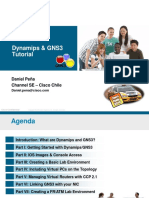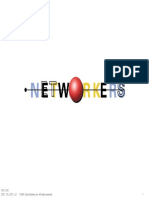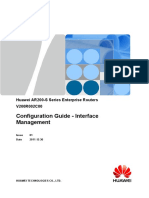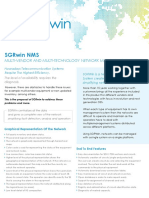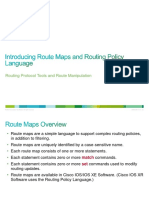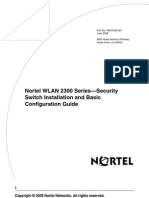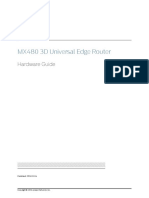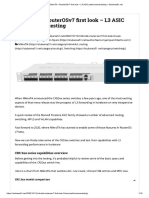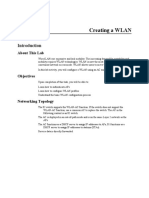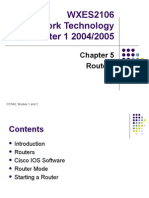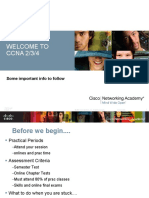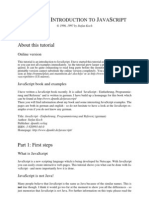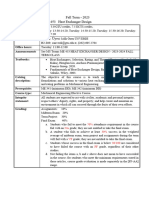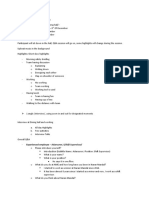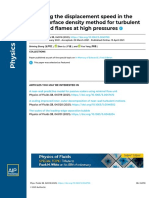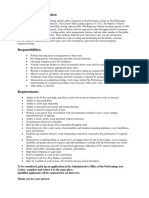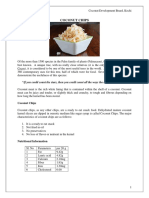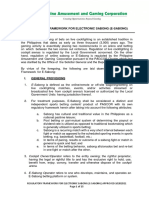100% found this document useful (4 votes)
3K views22 pagesRouter Fundamentals
The document discusses router fundamentals including router components like CPU, memory, interfaces and ports. It describes tools and techniques for basic router configuration including establishing CLI sessions, moving between user and privileged modes, and using commands. The document also covers router startup process and configuration modes.
Uploaded by
api-3825972Copyright
© Attribution Non-Commercial (BY-NC)
We take content rights seriously. If you suspect this is your content, claim it here.
Available Formats
Download as PPT, PDF, TXT or read online on Scribd
100% found this document useful (4 votes)
3K views22 pagesRouter Fundamentals
The document discusses router fundamentals including router components like CPU, memory, interfaces and ports. It describes tools and techniques for basic router configuration including establishing CLI sessions, moving between user and privileged modes, and using commands. The document also covers router startup process and configuration modes.
Uploaded by
api-3825972Copyright
© Attribution Non-Commercial (BY-NC)
We take content rights seriously. If you suspect this is your content, claim it here.
Available Formats
Download as PPT, PDF, TXT or read online on Scribd
/ 22

